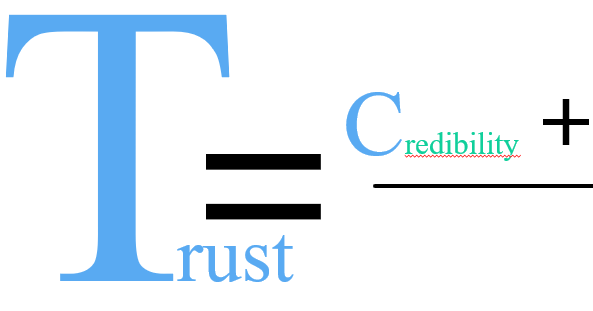How did the deal fall apart?
Why did the customer not buy?
What did I do wrong?
Where can I get ice cream close by to stress eat?
These are some of the questions that I have had when I did not make a sale. When I first started out in sales, I did not make a large equipment sale for about 12 months. That is right I could not make a sale to save my life. I answered the customer’s questions, helped them get to where they told me they wanted to go, but when it came time to sign on the dotted line, they pumped the brakes.
I had that happen to me more than once in my first couple of years in sales. I was really rethinking the decision to take on sales from a secure electrical engineering career. Now I look back at it as getting my reps in. Just like a pro golfer hits 5000 golf balls every day to practice, I needed reps in sales to develop my skill. I needed to hear “NO” so many times so I would be immune to it in the future and find my way through the sales process.
Even this past week I was helping someone sell a boat to another individual and forgot that this type of buyer was just looking for something that they could use as a rental and did not care about things that an owner operator type buyer would value. Listening to some of the objections did not click until I sat back and understand the needs from this type of buyer. It was not the right boat for this individual, but an owner operator will love the boat with all of the extras when it is sold in the spring. Being in the Midwest boats typically do not sell for as much money at the end of summer as they do in the spring season.
Had I really stepped back and understood the customer’s needs better before offering up the suggestion of buying the boat, I would have identified that this was not going to work. As a seasoned sales professional I still don’t hit the mark 100% of the time. No one can in reality. Anyone that says they can sell to anyone anytime is lying to you and themselves. There is something that we all miss from time to time. We all have off days. We all make a presentation and mess it up. We all make mistakes and that is okay, but we need to learn from them.
It’s called failing forward fast. That is the term that Navy Seals embrace. It’s okay to have a setback as long as they learn from it and keep moving forward. It is not okay to just sit and mope about the setback. Keep moving forward and keep learning, refining the approach, and getting better. That is what we need to keep doing.
Don’t give up when you have a setback trying to sell whether it is a product / service, idea, business proposal, etc. Learn, refine, and move forward. The next big deal is just around the corner and when you learn from one setback you are equipped to do better on the next time.
Now this was an example for sales, but this can also be easily applied to other areas of our lives. Whether it be leading a team, coaching kids soccer, or with learning a new exercise routine. Don’t give up, learn from the set back and move forward faster, stronger, and equipped. You’ve got this!
Have a great weekend everyone!
Sincerely,
Kevin Sidebottom
































